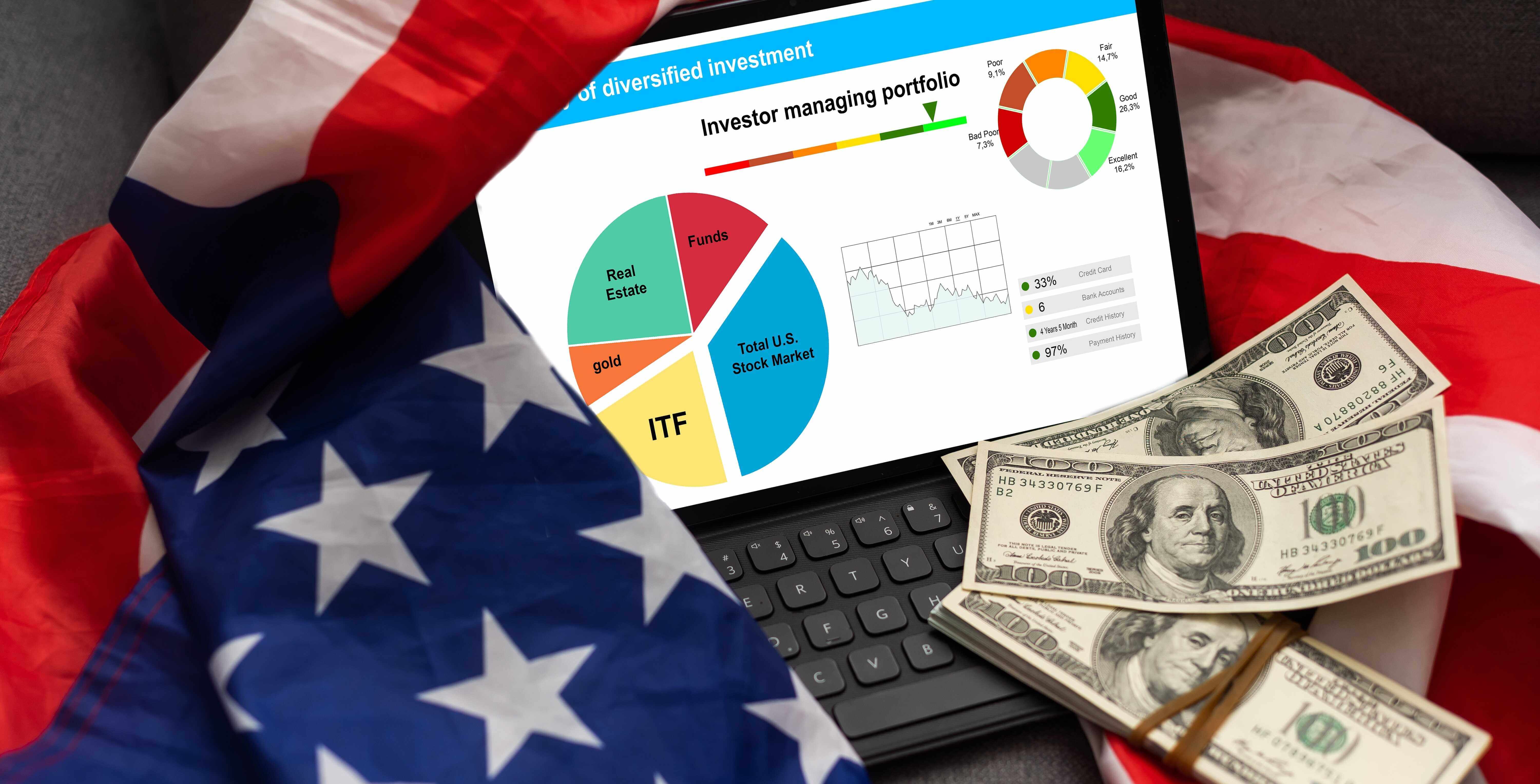Atlassian Surpasses Q2 Revenue, Eps Forecasts

Team collaboration and productivity software specialist Atlassian (NASDAQ:TEAM) reported fiscal year 2025 second-quarter results on Thursday, Jan. 30, that topped analysts' consensus estimates. Q2 revenue of $1.29 billion surpassed the estimated $1.24 billion mark while adjusted earnings per share came in at $0.96, outshining the anticipated $0.75. This robust performance was fueled by a remarkable 30% year-over-year growth in cloud revenue, surpassing management's prior guidance by nearly 4.5 percentage points.
Atlassian's overall performance this quarter reflects its continued growth trajectory, driven by strong demand for its cloud offerings and strategic investment in AI integration.
| Metric | Q2 FY2025 | Analysts' Estimate | Q2 FY2024 | Change (YOY) |
|---|---|---|---|---|
| Adjusted EPS | $0.96 | $0.75 | $0.73 | 31.5% |
| Revenue | $1.29 billion | $1.24 billion | $1.06 billion | 21.3% |
| Adj. operating margin | 26% | N/A | 24% | 2 pps |
| Free cash flow | $343 million | N/A | $284 million | 20.8% |
| Cloud revenue | $847 million | N/A | $653 million | 29.7% |
Source: Atlassian. Note: Analyst consensus estimates for the quarter provided by FactSet. YOY = Year over year.
Understanding Atlassian
Atlassian provides a variety of software products designed to enhance team collaboration and productivity. Its flagship tools, including Jira for project management and Confluence for content collaboration, serve both small teams and large enterprises. Recently, Atlassian turned its attention to integrating artificial intelligence (AI) into its cloud platform, which is crucial for driving innovation and maintaining competitive positioning.
This quarter, key initiatives have included enhancing existing products with AI features, like the Jira and Confluence upgrades, to streamline workflow and improve efficiency. Critical success factors for Atlassian include ongoing product innovation, cloud ecosystem strengthening, and strategic partnerships with other tech leaders, such as Amazon Web Services.
Quarterly Highlights
The second quarter of fiscal 2025 marked a robust period for Atlassian. While overall revenue jumped 21.3% compared to the same quarter last year, Cloud revenue soared by 29.7%, driven by effective sales strategies and heightened customer adoption. This growth highlights Atlassian's strong positioning in the marketplace for collaborative tools.
Non-GAAP operating margins were also notable at 26%, outperforming management's guidance of 21%. While the company still registered a GAAP operating loss, it reduced the loss to 4% from last year's 5%, indicating a gradual improvement in cost management and efficiency.
During this quarter, Atlassian launched several AI-driven product enhancements. These include upgrades in Jira and Confluence, along with the introduction of new offerings like Rovo, aimed at improving large-scale team collaboration. Furthermore, Atlassian ended Q2 with 49,449 customers spending more than $10,000 annually on Cloud service (Cloud ARR), an increase of 15% year over year.
Strategically, Atlassian maintained its collaborative partnerships, notably with Amazon. This ongoing collaboration focuses on facilitating seamless cloud migrations for enterprise customers, which strengthens its market presence in the cloud ecosystem. Despite these advancements, the company still faces challenges from competitive pressure and narrower operating margins under GAAP rules.
Looking Ahead
Atlassian management updated its guidance for fiscal 2025's Q3, projecting revenue between $1.345 billion and $1.353 billion. It anticipates a continuation in cloud revenue growth estimated at 23.5% and Data Center revenue growth of 7%. The management team reiterated its full-year guidance, with 2025 revenue growth expected to be in the range of 18.5% to 19.0% and Cloud revenue growth expected to be 26.5%. This guidance reflects confidence in its strategies for continued enterprise expansion and adaptability to the dynamic cloud market.
Investors are encouraged to monitor Atlassian's progress in AI integration and cloud offerings, as these are likely to be key contributors to its competitive edge and long-term growth. While the company remains optimistic, it will need to address profitability challenges and evolving market dynamics to sustain its momentum in upcoming quarters.
Where to invest $1,000 right now
When our analyst team has a stock tip, it can pay to listen. After all, Stock Advisor’s total average return is 908% — a market-crushing outperformance compared to 176% for the S&P 500.*
They just revealed what they believe are the 10 best stocks for investors to buy right now…
*Stock Advisor returns as of January 27, 2025
John Mackey, former CEO of Whole Foods Market, an Amazon subsidiary, is a member of The Motley Fool’s board of directors. JesterAI is a Foolish AI, based on a variety of Large Language Models (LLMs) and proprietary Motley Fool systems. All articles published by JesterAI are reviewed by our editorial team, and The Motley Fool takes ultimate responsibility for the content of this article. JesterAI cannot own stocks and so it has no positions in any stocks mentioned. The Motley Fool has positions in and recommends Amazon and Atlassian. The Motley Fool has a disclosure policy.


